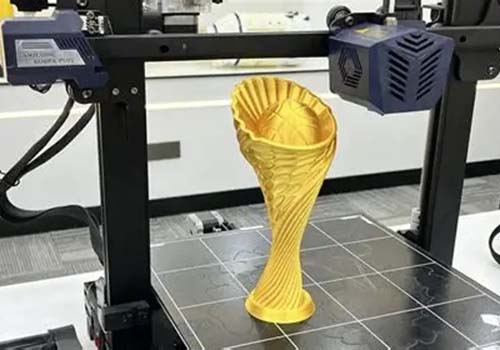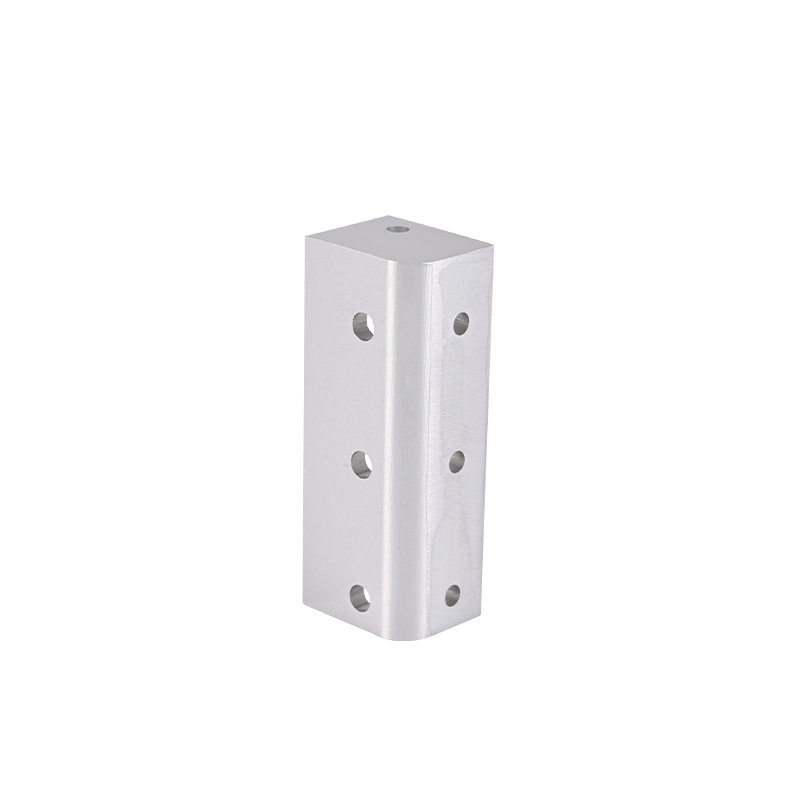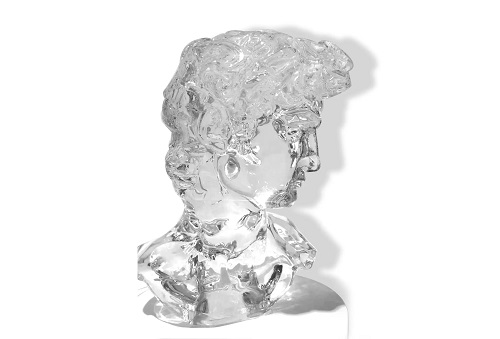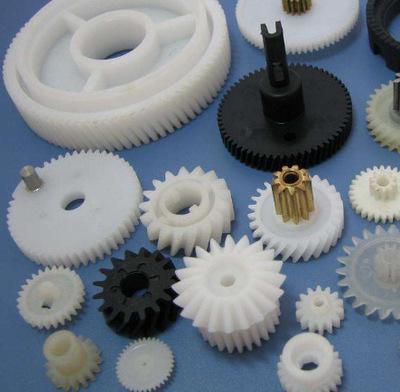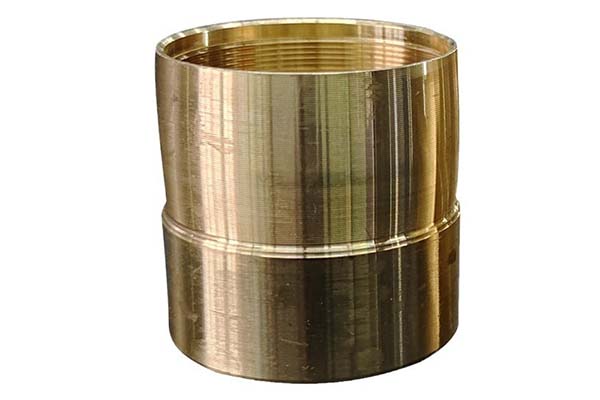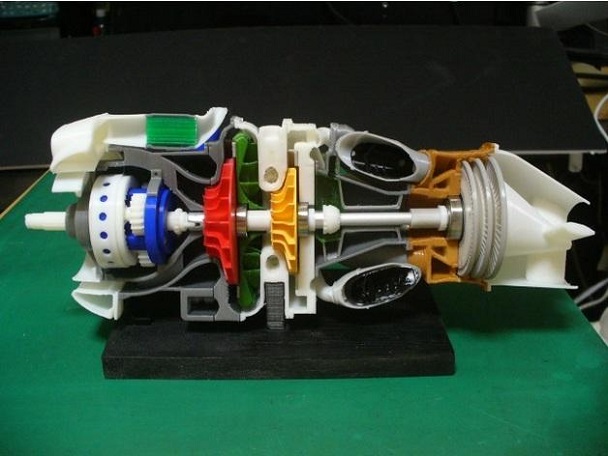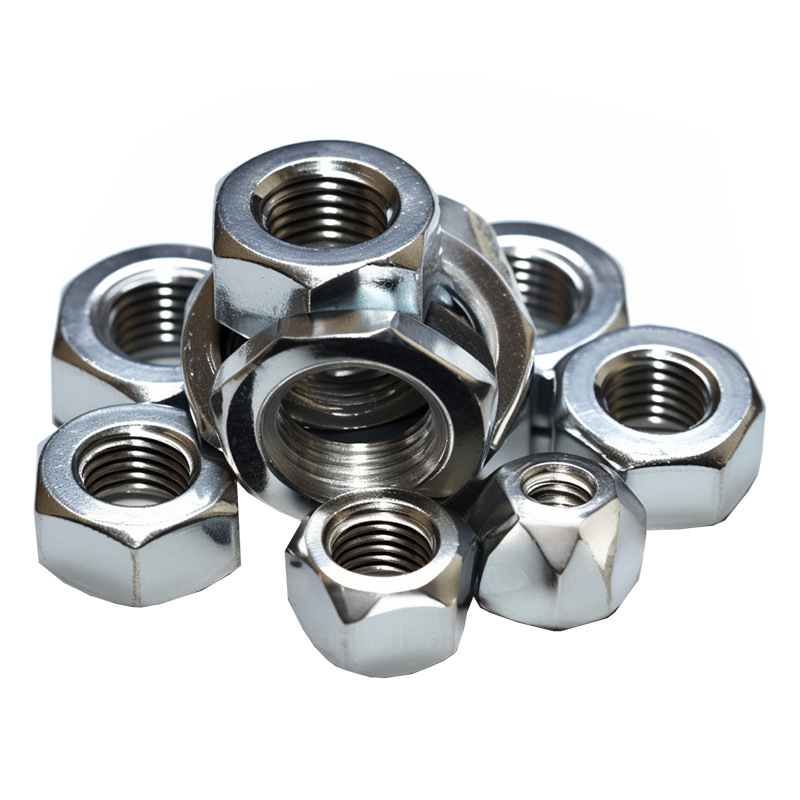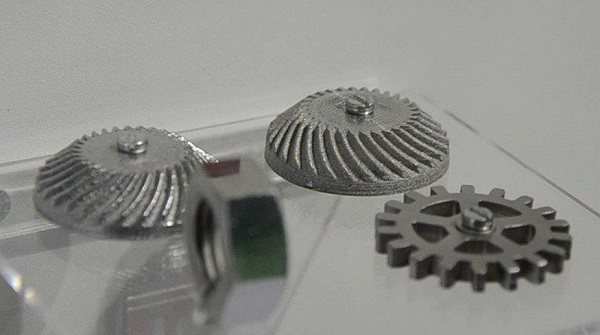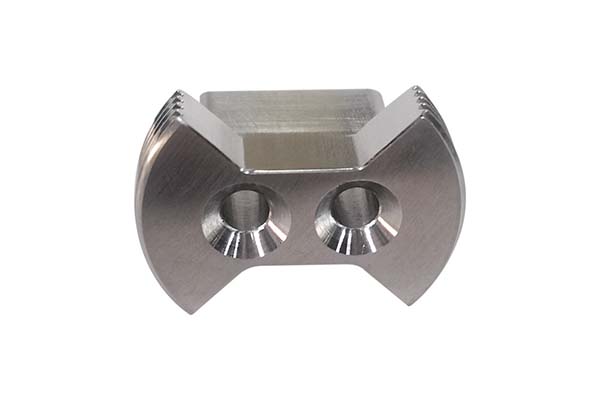You’ve heard PETG hailed as the “goldilocks” of 3D printing materials—stronger than PLA, easier to print than ABS. But maybe your experience tells a different story: prints that stick so firmly to the bed they tear when removed, stringing that looks like spider webs between layers, or parts that warp despite your best efforts. Perhaps you’ve struggled to get a smooth finish, or your PETG functional part cracked under stress, leaving you wondering if it’s really as durable as claimed. These frustrations make PETG feel less like a solution and more like another material to conquer.
The reality is, PETG’s unique blend of material properties—a mix of strength, flexibility, and ease of use—comes with its own set of rules. Mastering it requires understanding its behavior during printing, knowing which applications suit it best, and nailing the post-processing steps. In this guide, we’ll unlock PETG’s potential, helping you avoid common pitfalls and leverage its versatility for everything from prototypes to end-use parts.
Material Properties: Why PETG Stands Out
PETG is a modified version of PET (Polyethylene Terephthalate), with glycol added to improve flexibility and printability. Its material properties make it a bridge between PLA and ABS, combining the best of both worlds:
- Strength and resilience: PETG boasts a tensile strength of 40-55 MPa—stronger than PLA (30-60 MPa, but more brittle) and comparable to ABS (20-40 MPa). Its impact resistance is impressive too; it can absorb shocks without shattering, making it far tougher than PLA. This balance of strength and flexibility means it’s rigid enough for structural parts but can bend slightly under stress, reducing the risk of cracks.
- Durability and longevity: PETG’s durability shines in long-term use. Unlike PLA, it doesn’t degrade quickly in sunlight, and its chemical resistance is superior— it withstands exposure to water, alcohols, and mild acids, making it suitable for containers or parts that contact liquids. It’s also resistant to oils and greases, a plus for automotive parts or industrial components.
- Thermal and physical traits: With a thermal resistance of up to 80°C, PETG handles more heat than PLA (60°C) but falls short of ABS (90°C). This makes it ideal for parts that encounter moderate heat, like electronic enclosures or light fixtures. Its density of 1.27-1.30 g/cm³ is similar to PLA, keeping parts lightweight. One of its best traits is flexibility; it’s not as stiff as PLA, so parts like hinges or clips can endure repeated use without breaking.
To put it in perspective, here’s how PETG compares to PLA and ABS across key properties:
| Property | PETG | PLA | ABS |
| Tensile Strength | 40-55 MPa | 30-60 MPa | 20-40 MPa |
| Impact Resistance | High (bends, doesn’t shatter) | Low (brittle, shatters) | Medium (flexible, absorbs impact) |
| Thermal Resistance | Up to 80°C | Up to 60°C | Up to 90°C |
| Chemical Resistance | Excellent (resists water, alcohols) | Poor (dissolves in many chemicals) | Good (resists oils, solvents) |
Printing Techniques: Mastering PETG’s Behavior
PETG is more forgiving than ABS but trickier than PLA. Nailing the printing techniques is key to avoiding issues like stringing, warping, or poor adhesion:
Temperature and Adhesion: The Basics
- Extrusion temperature: 230-250°C. This is higher than PLA (190-210°C) but lower than ABS (230-250°C, overlapping with PETG). Too low (below 220°C) leads to under-extrusion and weak layers; too high (above 260°C) causes stringing and material degradation, which weakens the part.
- Bed adhesion: Critical for PETG, which has a tendency to warp slightly. Use a heated bed at 70-80°C. For better grip, clean the bed with isopropyl alcohol, apply a layer of hairspray, or use a PEI sheet. Unlike ABS, PETG doesn’t require an enclosure, but a draft shield can help with adhesion in cold rooms.
- Layer height and nozzle diameter: A layer height of 0.2-0.3 mm works best for most prints. Smaller layers (0.1-0.2 mm) improve detail but slow down printing, while larger layers (0.3-0.4 mm) are faster but may reduce strength. A nozzle diameter of 0.4 mm is standard, but 0.6 mm can speed up prints for less detailed parts.
Speed and Cooling: Fine-Tuning the Process
- Print speed: 40-60 mm/s is optimal. PETG flows more slowly than PLA, so faster speeds (above 70 mm/s) can cause under-extrusion or rough layers. Slower speeds (30-40 mm/s) improve layer adhesion, which is useful for parts needing extra strength.
- Cooling settings: PETG needs moderate cooling. Start with a fan speed of 30-50% for the first layer, then increase to 50-70% for subsequent layers. Too much cooling (above 80%) can cause layers to bond poorly, while too little (below 30%) leads to stringing and oozing.
- Filament diameter: Most PETG filaments are 1.75 mm, but 2.85 mm is also available. Ensure your printer is calibrated for your filament diameter—even a 0.05 mm mismatch can cause extrusion issues. Store PETG in a dry place; it absorbs moisture slowly, but wet filament causes popping and stringing.
Applications: Where PETG Excels
PETG’s versatility makes it suitable for a wide range of applications, from prototypes to end-use parts:
- Prototyping: Engineers love PETG for functional prototypes. Its strength and durability mean prototypes can withstand testing—like repeatedly opening and closing a hinge or simulating the stress of a consumer product in use. It prints with enough detail for visual prototypes too, bridging the gap between PLA (too fragile) and ABS (too tricky).
- Functional parts: PETG is ideal for functional parts that need to work reliably. Examples include brackets, clips, and housings for electronics. Its chemical resistance makes it great for containers, like water bottles or soap dispensers, and its thermal resistance handles the heat from LED lights in custom lamp shades.
- Industrial components and automotive parts: In factories, PETG is used for industrial components like jigs, fixtures, and low-stress machine parts. In automotive applications, it’s printed into cable management clips or interior trim pieces that need to withstand temperature changes and occasional impacts.
- Medical devices and aerospace components: While not as biocompatible as specialized materials, some medical-grade PETG is used for non-implantable medical devices like tool holders or protective covers. In aerospace, its lightweight density and resistance to fuels make it suitable for non-structural aerospace components like cable guides.
Post-Processing: Polishing PETG to Perfection
PETG’s smooth surface and ease of processing make post-processing straightforward, but the right techniques elevate its appearance and performance:
- Sanding and polishing: Start with 120-200 grit sandpaper to remove layer lines, then move to 400-600 grit for a smooth finish. Polishing with a buffing wheel and plastic polish (like Meguiar’s) can give it a glossy shine. PETG sands more easily than ABS but is harder than PLA, so it holds its shape better during sanding.
- Painting and finishing touches: PETG accepts paint well, but clean the surface with isopropyl alcohol first to remove oils. Use acrylic or enamel paints; avoid oil-based paints that may soften the plastic. For a professional look, apply a primer first to fill tiny scratches. Finishing touches like adding decals or clear coats (for extra protection) work seamlessly with PETG.
- Chemical smoothing and heat treatment: Unlike ABS, PETG doesn’t respond well to acetone, but chemical smoothing with ethyl acetate (in a well-ventilated area) can melt surface layers for a glossy finish—test on a scrap piece first, as it can warp thin parts. Heat treatment (heating to 60-70°C for 1 hour, then cooling slowly) reduces internal stress, improving impact resistance slightly.
- Assembly: PETG parts bond well with cyanoacrylate (superglue) or epoxy. For a stronger hold, use chemical bonding with PETG cement (a mix of ethyl acetate and PETG pellets). It’s also easy to drill, tap, or saw, making assembly of multiple parts straightforward.
Yigu Technology’s Perspective: Harnessing PETG’s Versatility
At Yigu Technology, we rely on PETG for projects that demand strength, flexibility, and ease of printing. We’ve found it’s the go-to material for clients needing durable prototypes or end-use consumer products—it balances performance and cost better than many alternatives. Our team optimizes printing techniques for each project: adjusting extrusion temperature for layer adhesion, fine-tuning cooling settings to avoid stringing, and selecting the right post-processing steps to meet aesthetic or functional requirements. Whether you need automotive parts or custom containers, PETG delivers—and we’re here to make sure you get the most out of it.
Frequently Asked Questions (FAQ)
- Why is my PETG print stringing so much?
Stringing in PETG is often due to high extrusion temperature or insufficient retraction. Lower the nozzle temp by 5-10°C, increase retraction distance to 2-4 mm, or slow down the print speed to give the nozzle time to retract properly.
- Can PETG be used for outdoor applications?
Yes! PETG has better UV resistance than PLA and withstands rain and temperature swings. It’s a great choice for outdoor prototypes or parts like garden tool handles, though prolonged exposure to extreme heat (above 80°C) may cause slight warping.
- How do I prevent PETG from sticking too much to the bed?
Use a slightly cooler bed (70°C instead of 80°C) and apply a thin layer of hairspray or glue stick. Once the bed cools to 40-50°C, the part should pop off easily. For stubborn prints, gently flex the bed or use a plastic scraper.
